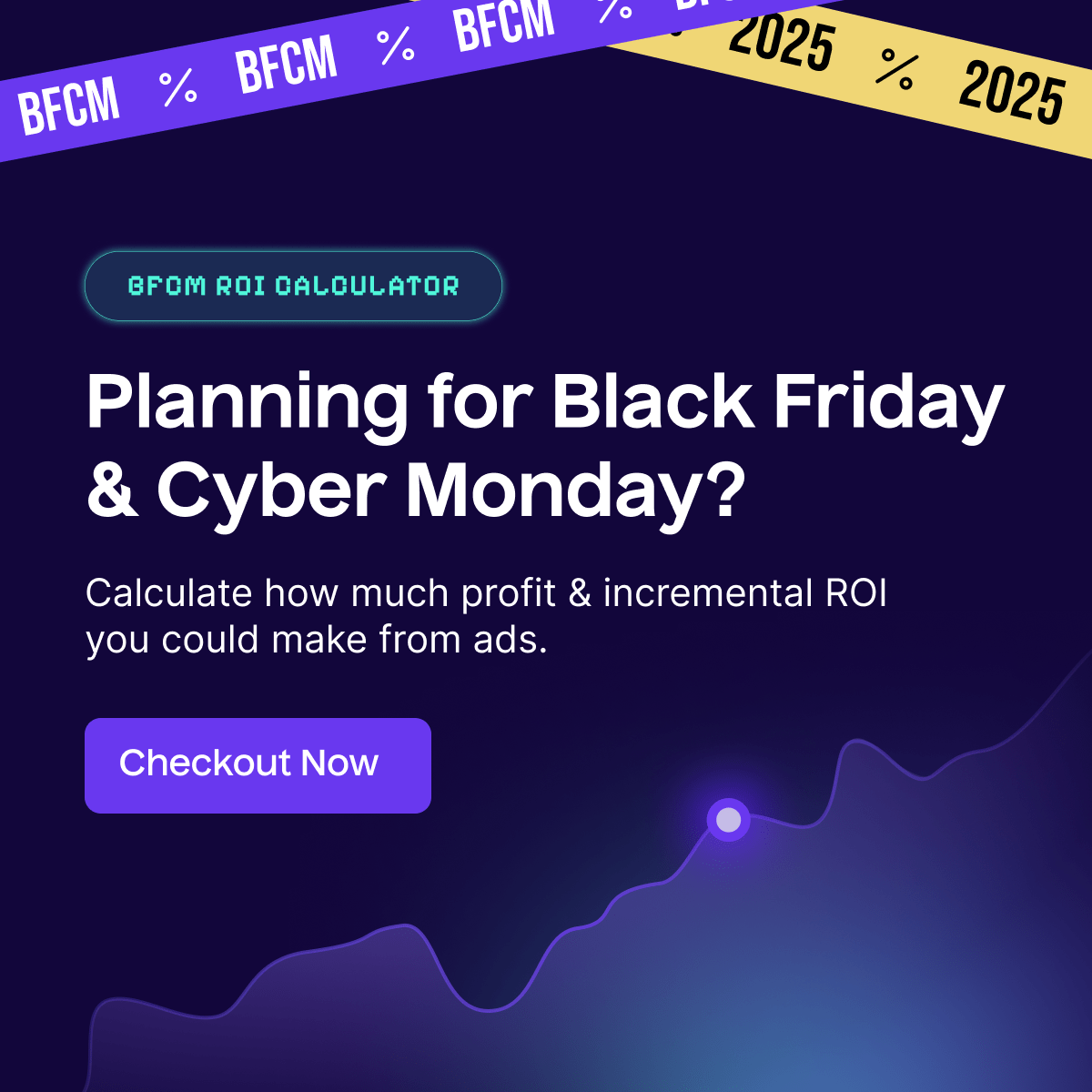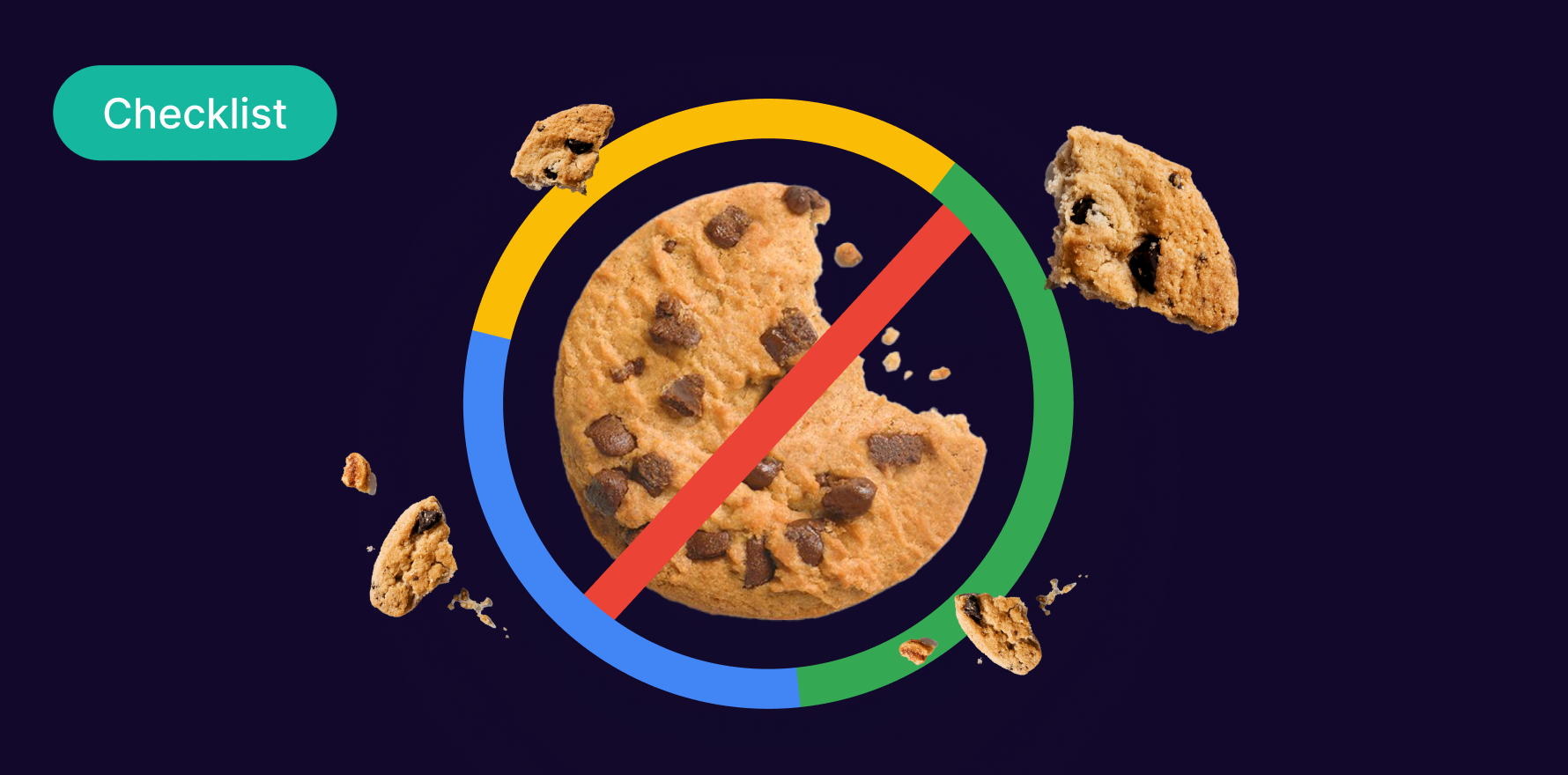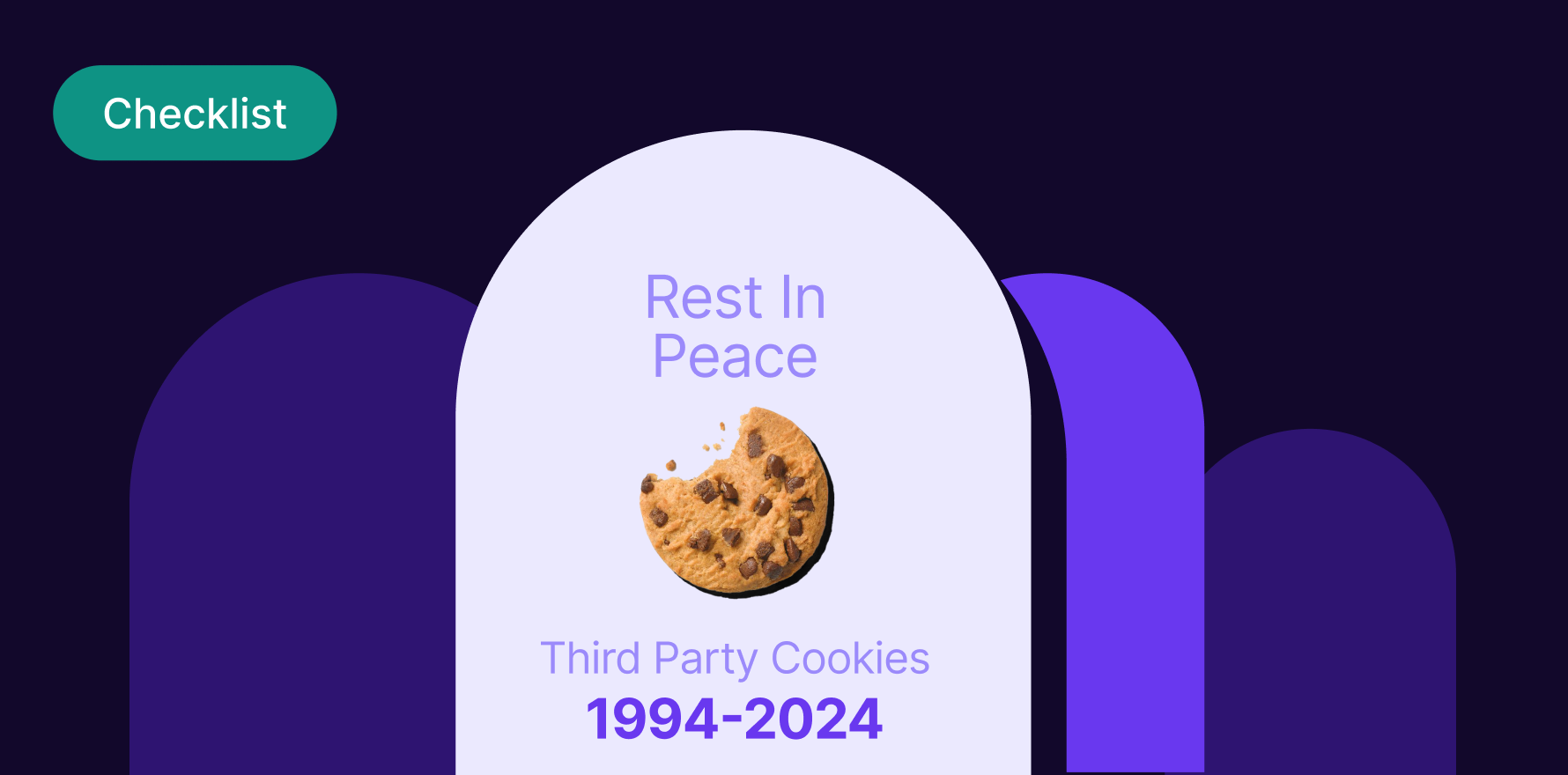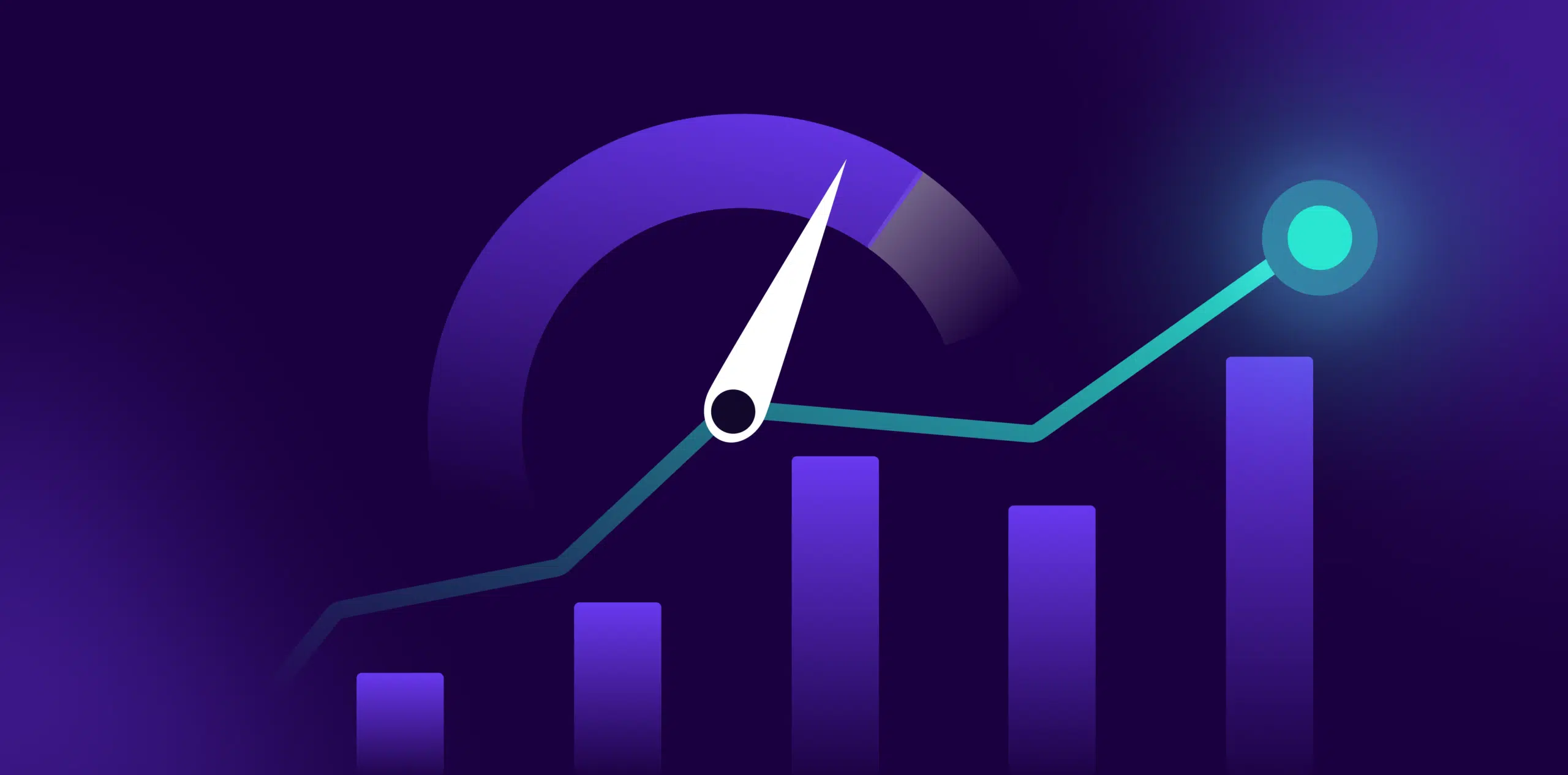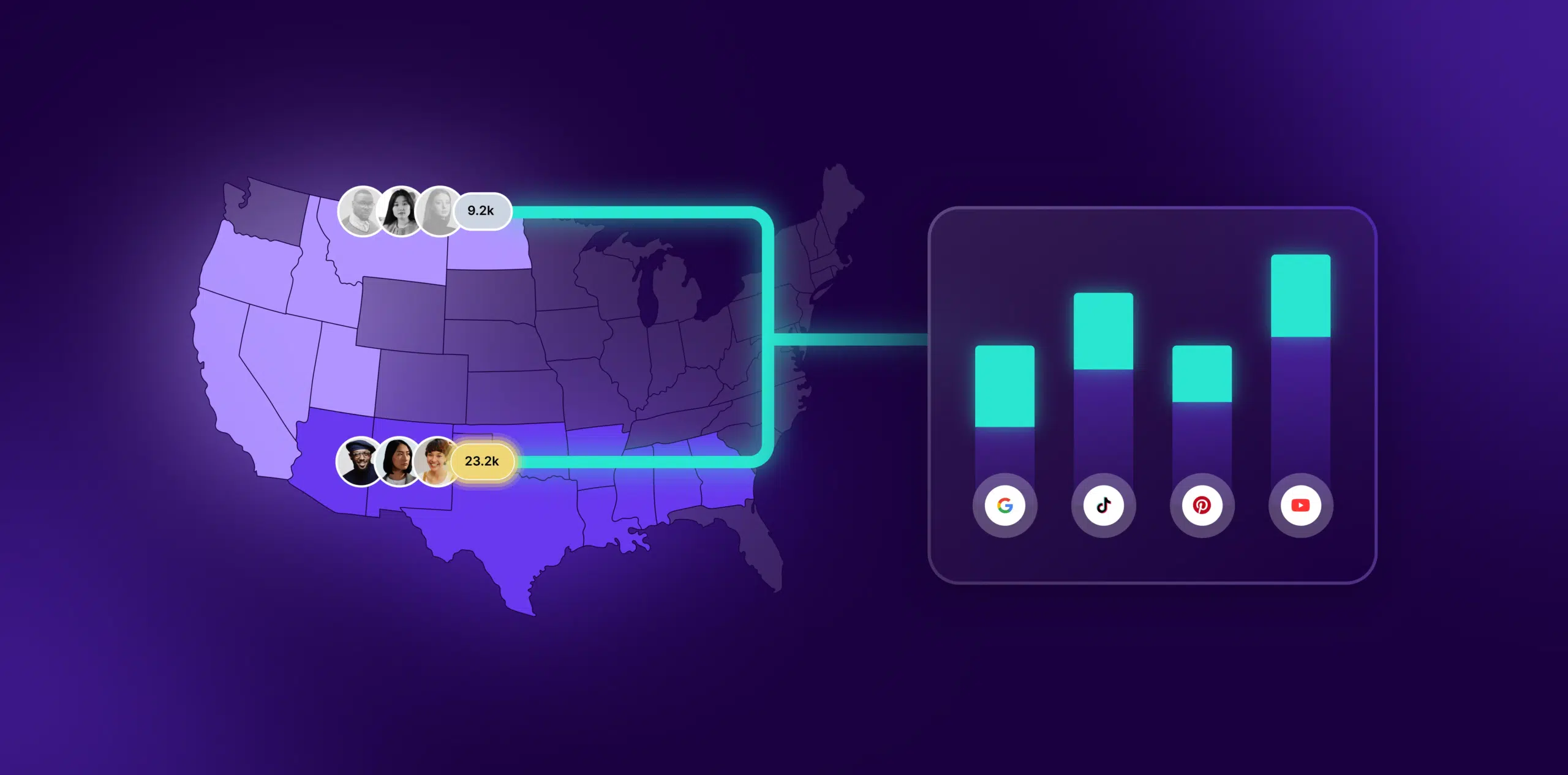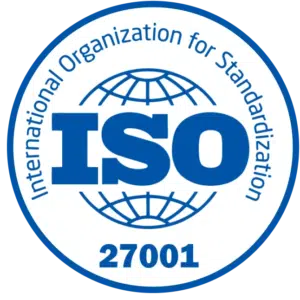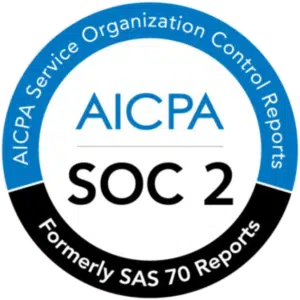What is Email conversion rate?
An Email Conversion Rate in ecommerce indicates the effectiveness of an email marketing campaign. It is a quantitative measure that converts the number of recipients who clicked a link within an email and completed a desired action such as making a purchase, filling out a form, or downloading an app, into a percentage. This key performance indicator (KPI) can offer deep insights into the efficacy of an email campaign, measuring its impact from the recipients’ perspective.
Formula
Email Conversion Rate = (Number of Conversions / Number of Successful Email Deliveries) * 100
Example
- If out of 1,000 successfully delivered emails, 50 recipients made a purchase, the email conversion rate would be:
- (50 / 1000) * 100 = 5%
Why is ECR important?
ECR is pivotal in assessing the return on investment of an email campaign. It helps determine the relevance and persuasiveness of the email content. If the conversion rate is high, it indicates that the content resonates well with the target audience. In contrast, a low conversion rate may necessitate reevaluating the email marketing strategy.
Which factors impact ECR?
ECR is pivotal in assessing the return on investment of an email campaign. It helps determine the relevance and persuasiveness of the email content. If the conversion rate is high, it indicates that the content resonates well with the target audience. In contrast, a low conversion rate may necessitate reevaluating the email marketing strategy.
How can ECR be improved?
Improving ECR demands meticulous attention on constructing catchy subject lines, personalized, meaningful, and concise content, precise call-to-actions (CTAs), and optimizing the email for mobile devices. A/B testing various aspects of the email can also significantly enhance the conversion rates.
What is ECR’s relationship with other metrics?
Email Conversion Rate often correlates with other ecommerce metrics such as click-through rate and bounce rate. A high ECR with a low click-through rate might indicate compelling content but poor subject lines. On the other hand, a low ECR with a high bounce rate may indicate issues in the delivery, landing page, or overall user experience.
Free essential resources for success
Discover more from Lifesight
